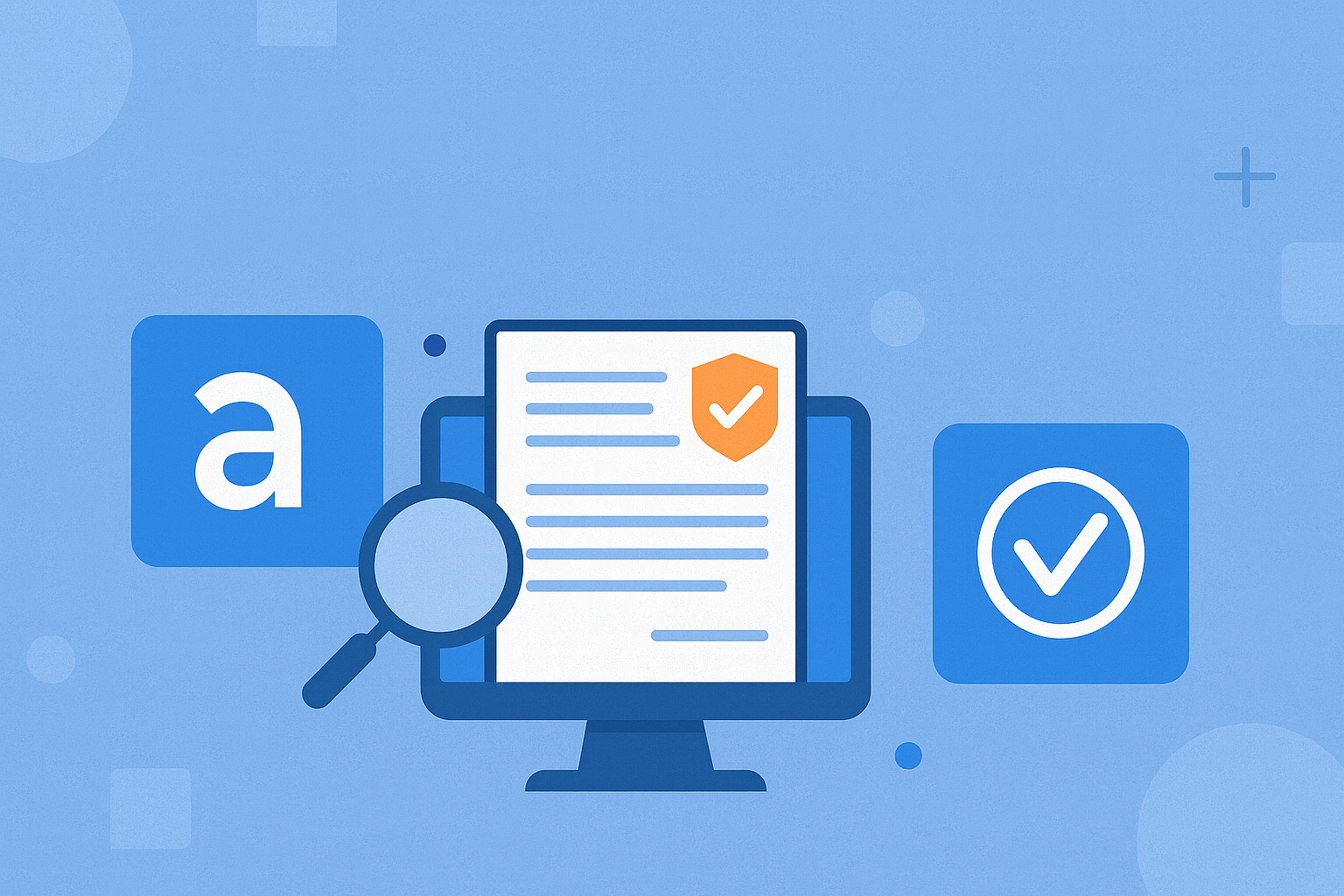Affil.ai vs BrandVerity Comparison (2025): Which Is Better for Affiliate Compliance Monitoring?


TLDR: Financial affiliate marketing is still thriving but also increasingly risky. This guide breaks down Affil.ai vs BrandVerity across technology, automation, and ROI—helping compliance teams choose the stronger affiliate policy monitoring solution.
Affiliate marketing has become one of the most efficient channels for digital customer acquisition. Chase, Amex, and Capital One show how powerful performance-based marketing can be when managed responsibly with affiliates like NerdWallet, Credit Karma, and The Points Guy
Yet the same ecosystem is vulnerable to misuse. Rogue affiliates can misrepresent offers, bid on brand keywords, or ignore disclosure rules which can harm margins, reputation, and regulatory standing. The FTC’s recent enforcement actions against deceptive online promotions highlight why brands need reliable affiliate compliance monitoring.
For years, companies have relied on tools like BrandVerity to watch for policy breaches. But a new generation of technology, led by Affil.ai (backed by Y Combinator), is transforming affiliate rules monitoring through automation and AI-driven context awareness.
This article compares both platforms in depth so that you can determine which solution truly strengthens your ability to monitor affiliates & brand content efficiently and at scale.
These overlap in mission (protecting brand integrity and compliance), but diverge in how they operate.
BrandVerity relies on keyword and URL rules. Users can define “policies” that are essentially if/then statements of what can or can’t be said.
For example, you can have a BrandVerity policy for negative keywords like “gambling” or “churning” and it will flag those words if they ever appear in an article talking about bank accounts.
However, this results in a large number of false positives. BrandVerity policies do not have the ability to fully contextualize the surrounding text. You could make more complicated policies, but it’s not particularly simple to capture every single permutation.
Another example: when finding incorrect product names, it’s not as easy as just setting one policy: you need to set hundreds. Let’s say the right product name is “Visa Masterful Bank Account.” You’d then need to set policies for:
Also, a policy will have no way of differentiating between “Visa Masterful” vs “Visa Masterful Bank Account”, so that’s a guaranteed false positive result.
Affil.ai uses AI to understand meaning rather than simply matching words. It scans ad copy, landing pages, emails, and even screenshots to catch misleading or outdated claims like expired sign-up bonuses or incorrect APRs.
Think of it as a system that reads like a human but works at machine scale. It also learns from past violations, improving detection accuracy automatically.
✅ Verdict: Affil.ai leads on automation, adaptability, and precision.
BrandVerity
Affil.ai
✅ Verdict: Affil.ai delivers broader, multi-channel, AI-powered oversight; BrandVerity still specializes in paid search.
Solely keyword-based engines generate excess noise. BrandVerity often flags harmless brand mentions, forcing compliance teams to review irrelevant alerts. Many of BrandVerity’s false positives occur because its detection model is purely rules-based, using static “if–then” logic without considering the broader context of each mention.
Affil.ai’s contextual AI dramatically reduces false positives. It understands context, which is an absolute must when it comes to reviewing content and determining compliance rules.
✅ Verdict: Affil.ai — fewer false alerts, faster resolution, higher confidence.
BrandVerity helps you find violations but not fix them quickly. Affil.ai automates both detection and remediation, letting compliance managers act instantly.
✅ Verdict: Affil.ai saves substantial time through workflow automation.
BrandVerity offers limited APIs and static exports.
Designed with an API-first and cloud-based approach, Affil.ai allows brands to easily upload their data, giving affiliates real-time visibility into issues and the ability to populate their articles using dynamic shortcodes. Affiliates can even view reports into each of their individual articles to identify & review all relevant issues.
✅ Verdict: Affil.ai’s real-time data architecture makes affiliate policy monitoring proactive, not reactive.
BrandVerity has traditionally been known as the paid search monitoring leader. However, with the evolution of Javascript based websites, it’s become progressively more and more difficult to properly monitor paid search since BrandVerity does not render these elements.
Affil unfortunately does not monitor for paid search violations.
✅ Verdict: BrandVerity remains as the base solution for paid search monitoring, but with limitations on rendering JavaScript.
BrandVerity pioneered affiliate policy enforcement over a decade ago. Yet static crawlers and rule engines now lag behind the creativity and scale of modern affiliate networks.
Affil.ai represents the next generation of affiliate rules monitoring: AI-driven, adaptive, and self-improving. Its contextual intelligence, continuous learning, and integrated remediation empower teams to stay compliant automatically while focusing on growth.
For brands seeking to future-proof operations, reduce manual workload, and ensure airtight compliance across every channel, Affil.ai stands as the clear, intelligent choice.